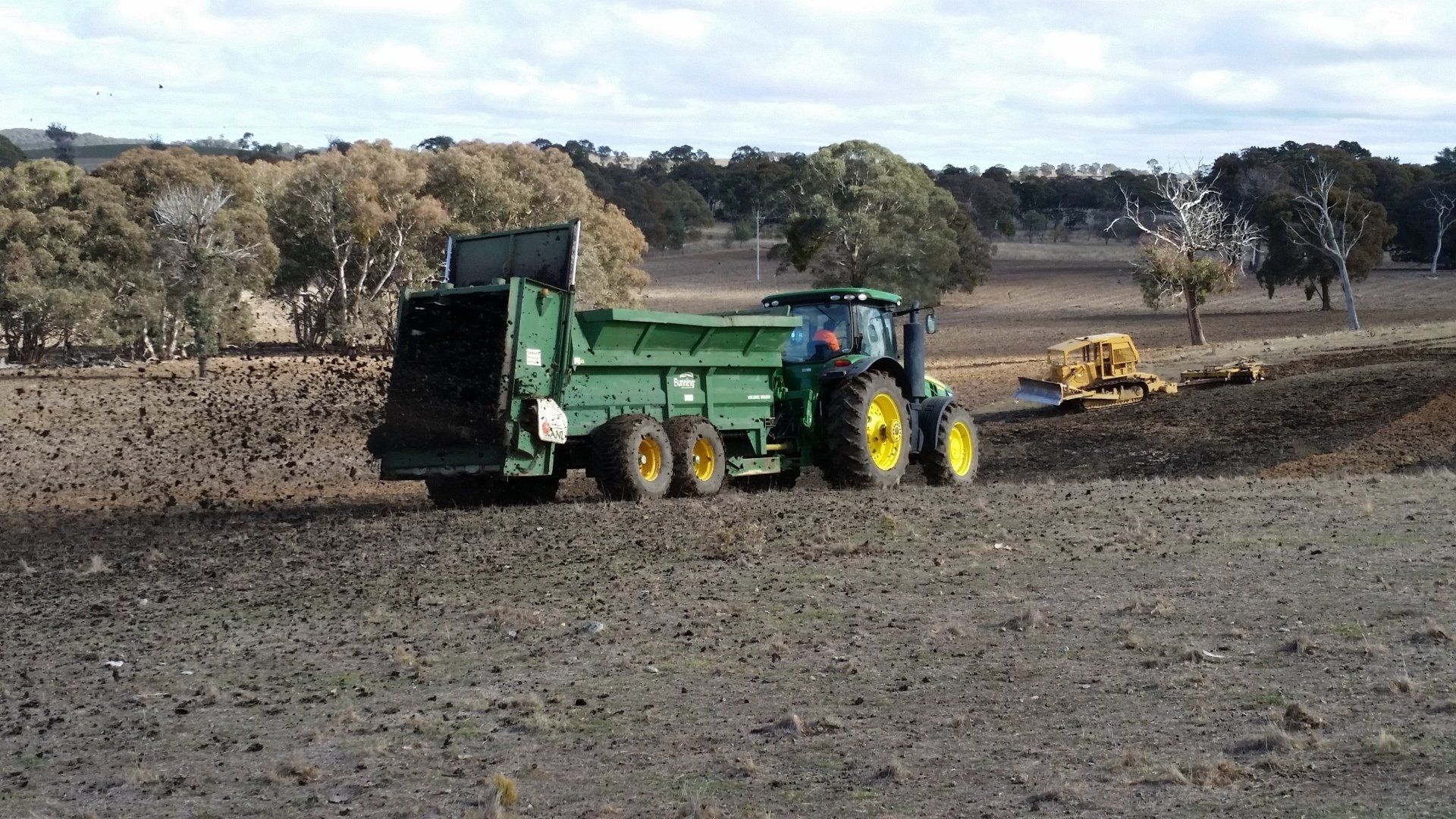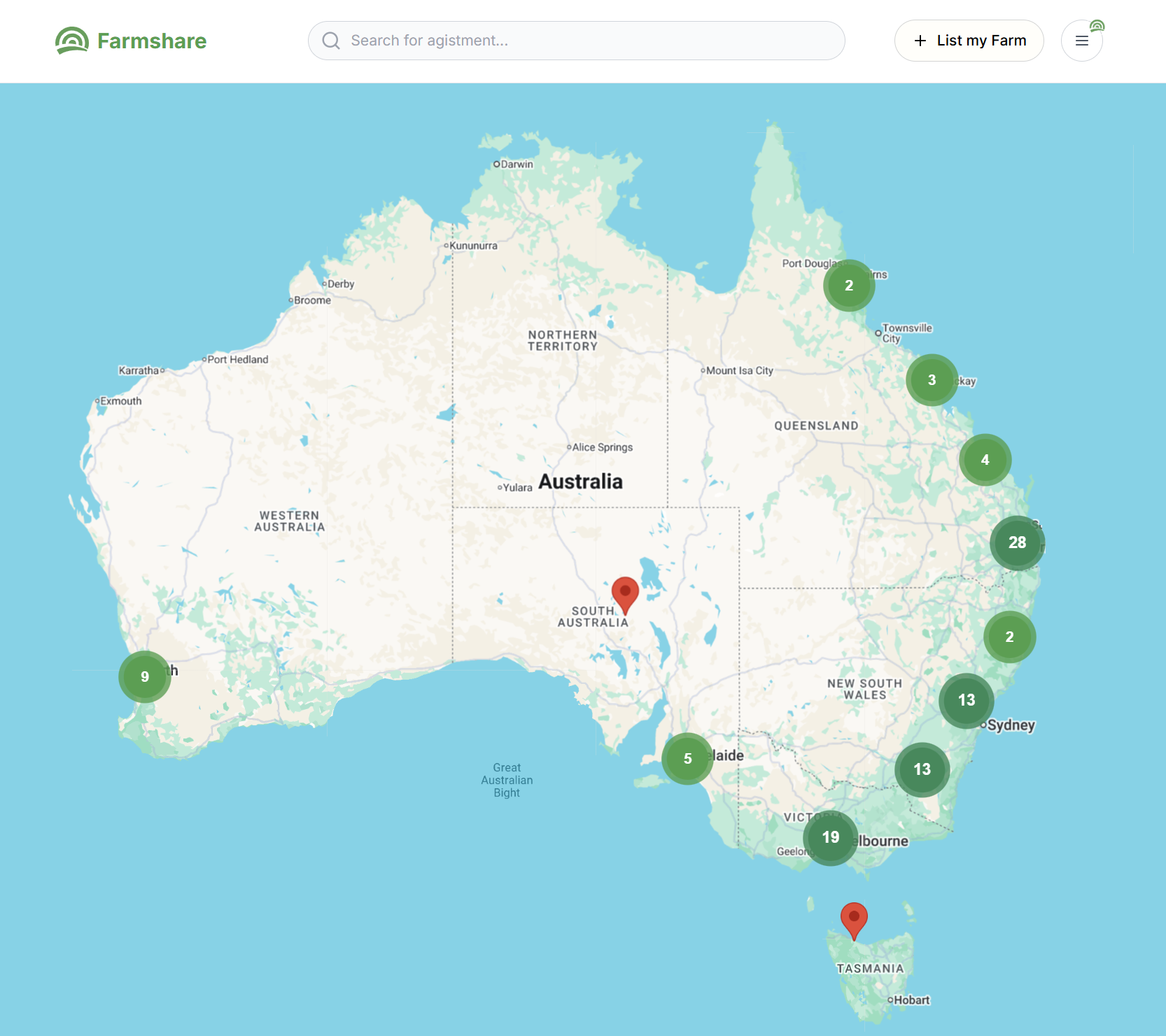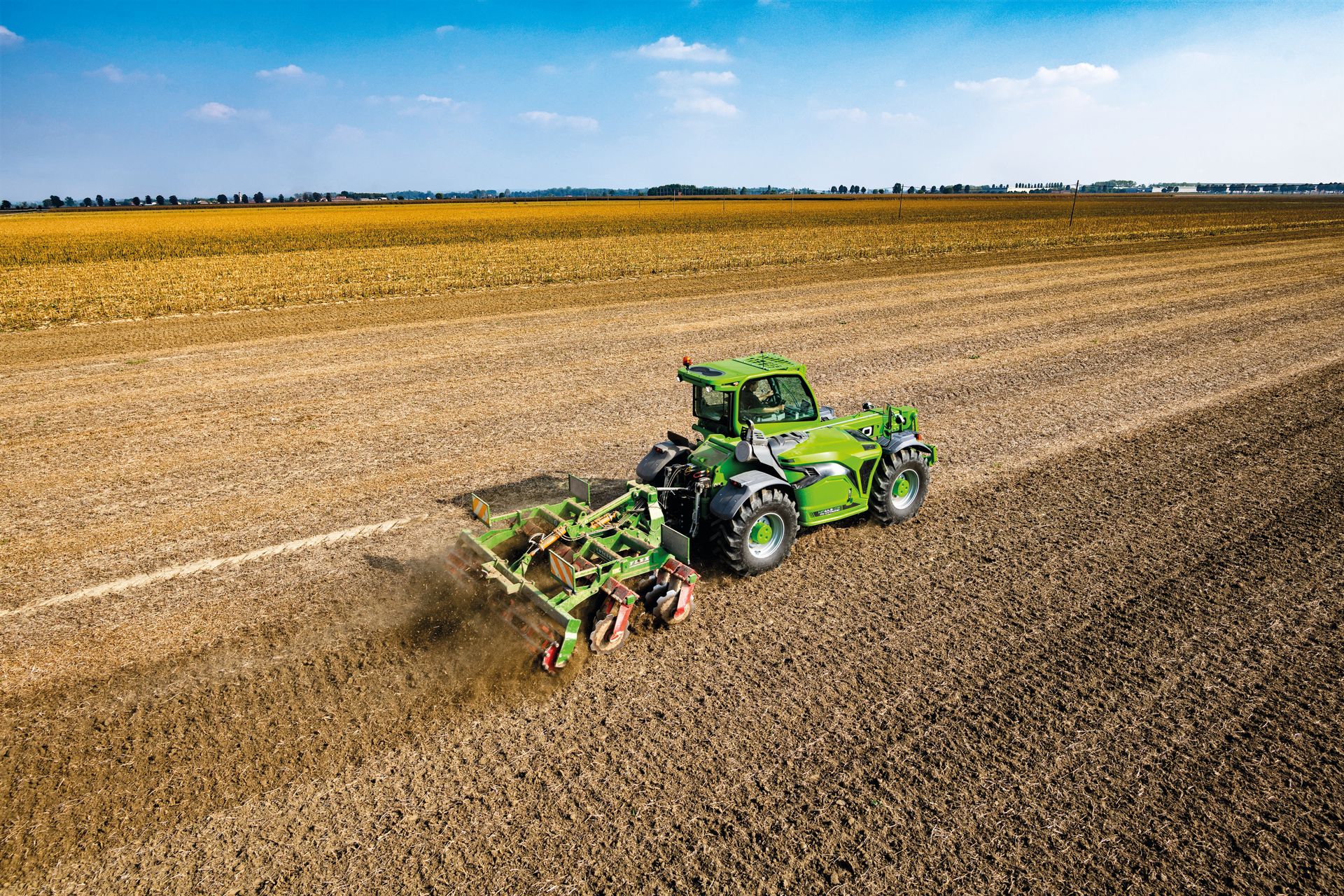1MG FlippingBooks
From city toilets to country farms

It might not sound pleasant, but farmers across Australia – especially those suffering from drought – are reaping the benefits of wastewater. Sewage generated in city households is treated and turned into biosolids, which can then be used as a nutrient-rich fertiliser for farm soils. A cheap and sustainable alternative to many other types of fertiliser, biosolids are fast becoming a popular choice given the positive effects on yield and pastures.
WHAT ARE BIOSOLIDS?
Biosolids are a mix of water and organic materials, the major by-product of the wastewater treatment process. Material that gets flushed down the toilet or washed down sinks and drains in household bathrooms, laundries and kitchens eventually requires treatment at a sewage treatment plant.
During this treatment, microorganisms digest the sewage and completely break down the original organic solids that have entered the sewage system. This leaves a product known as sewage sludge, which is low in solid content. Once the sewage sludge has undergone further treatment to reduce water content, eliminate disease-causing pathogens and remove volatile organic matter, the resulting products are known as biosolids.
Biosolids are normally composed of anywhere from 15 to 90 per cent solid material and contain the macronutrients nitrogen, phosphorous, potassium and sulphur and micronutrients such as copper, zinc, calcium, magnesium and iron. Australia produces approximately 327,000 dry tonnes of biosolids annually, with three quarters of this amount applied to agricultural land and a further 19 per cent used for landscaping or land rehabilitation.
ARE THEY SAFE?
People may have an understandable aversion to using wastewater products as fertiliser on their farms, but biosolids are perfectly safe. They are carefully treated, monitored and analysed to ensure they meet quality standards. Their use is also subject to strict regulatory requirements in every state and territory.
Over thirty years of Australian and international research has concluded that, if correctly managed, the application of biosolids to land has no adverse environmental or human health impacts. Guidelines for biosolid use also recommend a withholding period of 30 days before stock is allowed to graze on land that had biosolids applied.
The website of the Australian & New Zealand Biosolids Partnership (ANZBP) has a wealth of further information on the creation of biosolids and their use for those interested.
FROM SYDNEY TO THE SOIL
Sydney Water produces 180,000 tonnes of biosolids each year, collected from 23 wastewater treatment plants across Greater Sydney. 100 per cent of these biosolids are re-used, with the product trucked to broadacre farms in the Central West and South West of NSW or used for mine rehabilitation or composting.
On farm, the biosolids are incorporated into the soil to add the nutrients and organic matter that help to stimulate plant growth. After a holding period, crops such as canola, wheat, barley and pastures can be sown, with the results achieved by NSW farmers so impressive that demand for the biosolids is far outstripping supply.
“Farmers using biosolids are praising the benefits created for the soil condition on their properties, the environmental benefits of soil moisture retention and erosion reduction and the increases in yields for crops,” says Graham Keating, Contract Specialist at Sydney Water. “It also gives them the ability to run increased stock numbers on paddocks where biosolids have been added to the soil.”
Biosolids provide large quantities of slow release nutrients that can be stored in the soil and utilised as needed by plants over several years, saving farmers valuable time and money on re-application. The nutrients enable not only a high level of growth, but also a healthy level of growth – plants grown on soils treated with biosolids are less prone to disease, more resilient in colder conditions and respond quicker after rain.
“The vagaries of weather make yield comparisons difficult but croppers using biosolids are reducing their input costs by $200 to $300 per hectare per year for up to five years,” says agronomist Roger Crisp. “Graziers have increased stocking rates by three to ten dry sheep equivalents (DSE) per hectare. At a conservative sheep value of $100 per head, this equates to increased annual income of $300 to $1,000 per hectare.
“Biosolids keep providing out-of-this-world performance year after year. Their source may be perceived as dark and mysterious, but their final destination is certainly brightening the outlook for those farmers fortunate enough to receive it.”
A NEW FAVOURITE AMONG FARMERS
Sheep farmer Gordon Nash started using biosolids on his property at Wattle Flat near Bathurst in Central West NSW about six years ago and has seen significant improvement in his soil structure.
“I just don’t think you could believe the difference after applying biosolids,” said Nash. “Previously this area was completely dead – nothing grew here except biddy bush and now it’s a productive piece of ground.”
It was a similar story for Stuart Kelly, a sheep farmer just south of Bathurst. By cutting down on synthetic fertilisers and applying biosolids, he has been able to double the number of sheep on his property despite a particularly challenging winter, currently running 40 DSE per hectare on his property.
With results like these, it is no surprise that demand for biosolids is on the rise. Biosolids might not have the most auspicious of origins as city wastewater, but they are delivering considerable benefits for Australian farmers.















